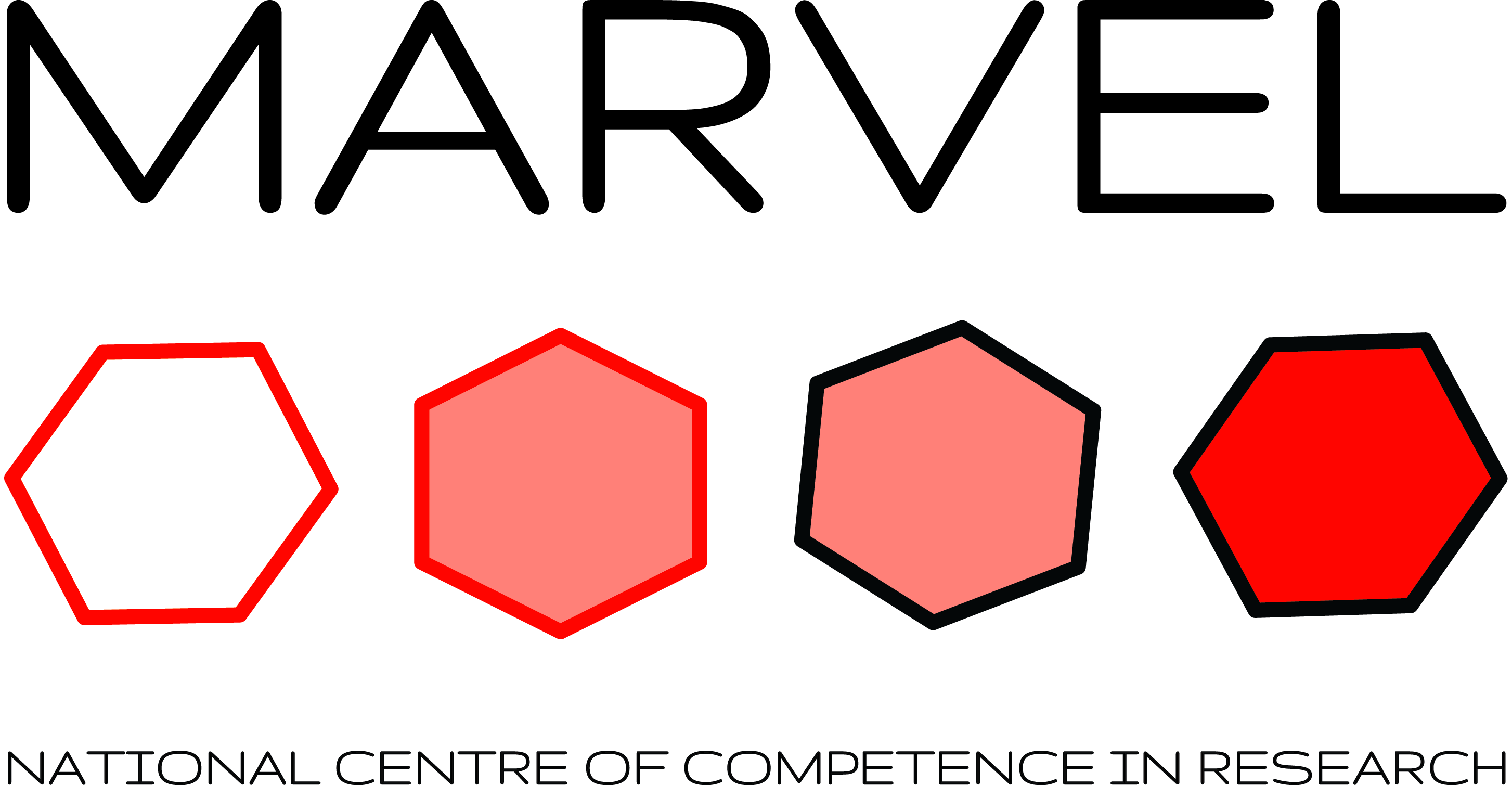About ShiftML
ShiftML was developed jointly by the Ceriotti and Emsley groups at the EPFL [1]. ShiftML uses a machine learning framework to predict chemical shifts in solids which is based on capturing the local environments of individual atoms. ShiftML has been trained on 3564 structures taken from the Cambridge Structural Database (CSD), chosen to be as diverse as possible. On a separate test set of 604 randomly selected structures it predicts chemical shifts of molecular solids to an accuracy with respect to GIPAW DFT of (RMSE) 0.48 ppm for 1H, 4.13 ppm for 13C, 13.7 ppm for 15N, and 17.05 ppm for 17O and with an R2 of 0.97 for 1H, 0.99 for 13C, 0.99 for 15N, and 0.99 for 17O. The machine learning model also reports a measure of confidence in the prediction, in the form an uncertainty on the predicted shifts, based on the framework introduced in [2].
ShiftML takes as an input a crystal structure (in a number of different formats), and
- predicts the isotropic NMR chemical shieldings/shifts of 1H, 13C, 15N and 17O;
- provides a JSmol interactive output, and copy-paste content in the extended xyz format, in the magres format (the calculated shieldings/shifts are given as a tensor with the isotropic shielding/shift as all three diagonal elements) and in JSON.
ShiftML has so far been tested for DFT-optimized crystal structures of molecular solids containing 1H, 13C, 15N, 17O and 33S atoms (although 33S chemical shieldings are not predicted, as they are very rarely used in practice).
Version 1.1; 19.07.2019
This is the first point release of ShiftML, yet it brings substantial changes to app. This version has been built on a new model and allows prediction of chemical shifts of structures containing also 33S.
The new model uses input and feature sparsification, which reduces drastically the memory requirements and raises the prediction speeds, with similar prediction accuracy.
Finally, it introduces error estimates in the shifts prediction, appending them in the extended text output.
Version history
19.07.2019: Version 1.1
- Addition of Sulfur containing structures in the training set. Changed to a sparse model to reduce memory requirements and calculation speed. Addition of error estimates to the predictions. Can now predict structures which contain H, C, N, O and S.
17.09.2018: Version 1.03 Beta
- Change the prediction procedure to reduce the memory requirements of the app.
27.06.2018: Version 1.02 Beta
- Implementation of a sparsified multi-scale-kernel, which reduces the calculation time and memory requirement while maintining similar accuracy.
02.05.2018: Version 1.0 Beta
- Implementation of the multi-scale-kernel version based on the description in Paruzzo, et al.. Can predict only structures containig H, C, N, and O.
Acknowledgements
We would like to thank
- Andrea Anelli and Edgar Engel for implementing the updated core functionalities and the version 1.1 of this app with the help of Snehal Pramod Kumbhar.
- Félix Musil for implementing the core functionalities and ther versions 1.0x of this app with the help of Federico Parruzzo, Albert Hofstetter, Giovanni Pizzi and Leopold Talirz.
We are grateful for the support from:
-
The Swiss National Science Foundation Grant No. 200021_160112

-
The NCCR MARVEL, funded by the Swiss National Science Foundation

-
The funding by the European Research Council under the European Union's Horizon 2020 research and innovation program
(grant agreement no. 677013-HBMAP)
- The EPFL through the use of the facilities of its Scientific IT and Application Support Center
Upload your structure
Otherwise, pick an example
Please be patient.
Depending on the workload of the server the calculation might only start in a few minutes.
How to cite
If you use this tool, please cite the following work:
- [1] Paruzzo, F. M., Hofstetter, A., Musil, F., De, S., Ceriotti, M., & Emsley, L. (2018). Chemical shifts in molecular solids by machine learning. Nature Communications, 9(1), 4501.
- [2] Musil, F. , Willatt, M. J., Langovoy, M. A.,Ceriotti, M. (2019). Fast and accurate uncertainty estimate in chemical machine learning. JCTC, 15, 2, 906-915.
- The input parsers use a number of libraries (see name in the dropdown list) from ASE